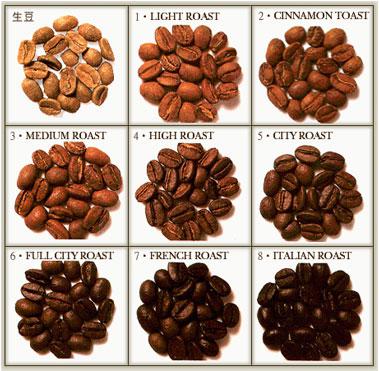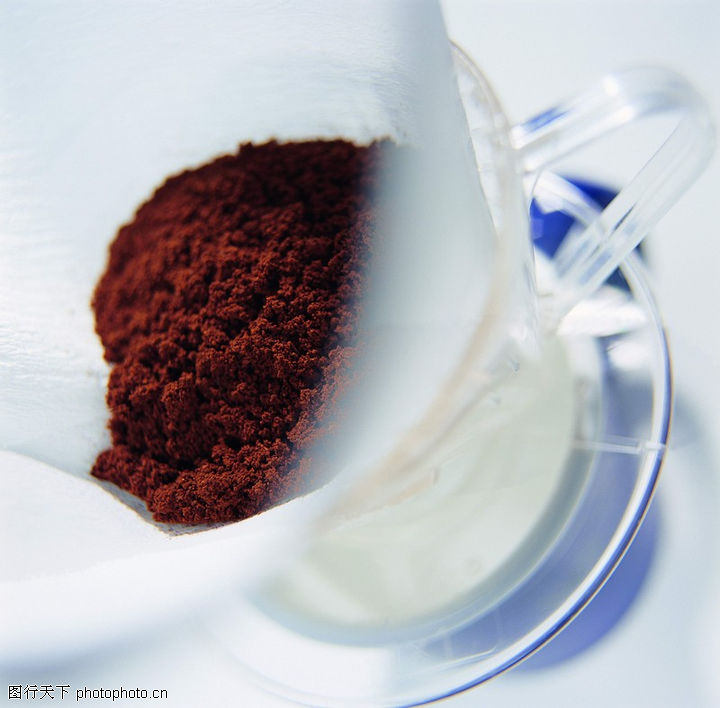Aftertaste of Colombian Coffee Flavor introduction to Fine Coffee in Manor area
The land of the District of Columbia [2] originally came from Maryland and Virginia. When the District of Columbia was founded, the north bank of the Potomac River included Georgetown (Georgetown,D.C.), Washington City (Washington City,D.C.) and Washington County (Washington County,D.C.). In 1878, the three places merged into "Washington," and the District of Columbia and Washington became the same piece of land with dual political significance managed by the same government agency. The comma in its English name indicates its double meaning. When the District of Columbia was founded, the south bank of the Potomac included Alexandria County (Alexandria County,D.C.), but local residents had always opposed secession from Virginia. After repeated petitions by local residents, the United States Congress passed a bill on July 9, 1846 and approved by the Virginia people's Congress to return the land on the south bank of the Potomac River to the temperate continental climate of Washington, Virginia from 1847. There are four distinct seasons, the temperature change is relatively gentle, and the annual precipitation is evenly distributed. The number of days with a daily minimum temperature below 0 ℃ is 64 days; in summer, it is relatively hot and humid, with an annual average of 37 days with a daily maximum temperature of more than 90 °F (37.8 °℃) and 1.2 days with a daily maximum temperature of more than 100 °F (37.8 °℃). The coldest month (January) averaged 2.2 ℃, and the extreme minimum temperature was-26 ℃ (February 11, 1899). The mean temperature of the hottest month (July) is 26.6 ℃, and the extreme maximum temperature is 41 ℃ (August 6, 1918, July 20, 1930). The average frost-free period is 235 days. Due to the influence of heat island effect, the frost-free period in the city center is more than 30 days longer than that in the northwest suburbs. The average annual precipitation is about 1008 mm and the average annual snowfall is 39.6cm (15.6in). Most of the museums at the world-famous Smithsonian Museum (Smithsonian Museum) are located in downtown Washington. Museums under the Smithsonian Museum include Arthur M. Sackler gallery, Hershhorn Museum and Sculpture Garden, National Air and Space Museum, National Museum of American History, National Museum of Native Americans, National Museum of Natural History, National Portrait Museum, National Postal Museum, Museum of American Art, Smithsonian National Zoological Park, etc. The National Zoo is one of the few cities in the United States that has an exhibition of giant pandas. The Smithsonian Museum also has a number of exhibitions and research institutions in Maryland and Virginia. Among them, Freer gallery and Sackler gallery (Freer and Sackler Galleries) mainly collect Asian art, and there is also a Chinese pavilion
Colombia, located in the northwest of South America, is a beautiful country with a long history. Indians have lived on this land since ancient times. It was colonized by Spain in 1531 and gained independence in 1819. It was renamed in 1886 to commemorate Columbus, the discoverer of the American continent. Colombia has beautiful mountains and rivers, beautiful scenery, pleasant climate, spring all year round and fresh air. Colombia is rich in products, especially coffee, flowers, gold and emeralds are known as the "four treasures". Today, the country is the second largest coffee producer after Brazil, the world's largest exporter of Arabica coffee beans and the world's largest exporter of washed coffee beans. Colombian coffee is often described as silky and smooth. Of all the coffees, it is the most balanced, soft, smooth and ready to drink. It has won acclaim that no other coffee can match: known as the "green gold", Colombia has three Codiera mountains running north and south, right into the Andes. Coffee is grown along the highlands of these mountains. The mountain steps provide a diverse climate, where the whole year is the harvest season, and different kinds of coffee ripen at different times. And fortunately, unlike Brazil, Colombia doesn't have to worry about frost. About 2.7 billion coffee trees have been documented in Colombia, 66% of which are planted in plantations in modern ways, while the rest are grown in traditional small farms. Medellin is the first to produce Colombian coffee, which is characterized by coffee beans full-grained, nutritious, moderate acidity, good balance, rich aroma and soft taste. In addition to Medellin, the capitals of two neighboring provinces in the south, Armenia and Manizales, are also famous coffee producers, which formerly belonged to Medellin's province of Andiquio, which had a Caldas football team that played in the last Toyota Cup. These three places form the world-famous "coffee zone". 、

Important Notice :
前街咖啡 FrontStreet Coffee has moved to new addredd:
FrontStreet Coffee Address: 315,Donghua East Road,GuangZhou
Tel:020 38364473
- Prev

The unique flavor of Ugandan coffee, characteristics, taste and manor introduction
Ugandan coffee beans have a unique flavor of delicate taste, which is very suitable for making Italian and other flavors of coffee. More importantly, Ugandan coffee beans are strictly screened according to the standards of the international market to ensure their high quality and pollution-free characteristics. Africa is the hometown of two major varieties of coffee, Arabica and Robusta, while the eastern Africa enjoys a plateau water hometown and a pearl of East Africa.
- Next

Mellow taste, rich aroma, excellent acidity Burundian coffee flavor, characteristics, taste and manor
Burundi coffee was introduced by Belgian colonists in 1930. Unfortunately, many of these farms are on the border with war-torn Rwanda, putting pressure on coffee production. Coffee production in Burundi: Burundian coffee is now grown only on small farms. Almost all the coffee produced in Burundi is Arabian coffee beans, while
Related
- Detailed explanation of Jadeite planting Land in Panamanian Jadeite Manor introduction to the grading system of Jadeite competitive bidding, Red bid, Green bid and Rose Summer
- Story of Coffee planting in Brenka region of Costa Rica Stonehenge Manor anaerobic heavy honey treatment of flavor mouth
- What's on the barrel of Blue Mountain Coffee beans?
- Can American coffee also pull flowers? How to use hot American style to pull out a good-looking pattern?
- Can you make a cold extract with coffee beans? What is the right proportion for cold-extracted coffee formula?
- Indonesian PWN Gold Mandrine Coffee Origin Features Flavor How to Chong? Mandolin coffee is American.
- A brief introduction to the flavor characteristics of Brazilian yellow bourbon coffee beans
- What is the effect of different water quality on the flavor of cold-extracted coffee? What kind of water is best for brewing coffee?
- Why do you think of Rose Summer whenever you mention Panamanian coffee?
- Introduction to the characteristics of authentic blue mountain coffee bean producing areas? What is the CIB Coffee Authority in Jamaica?

